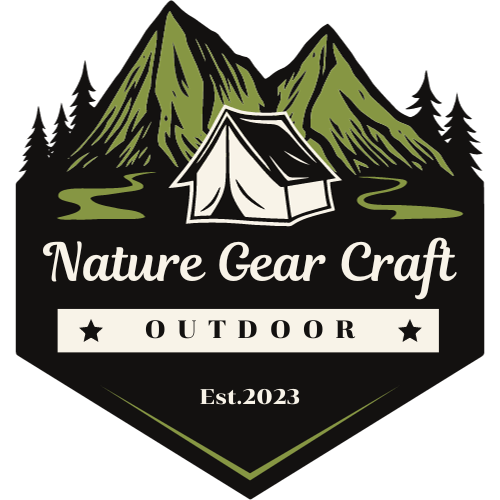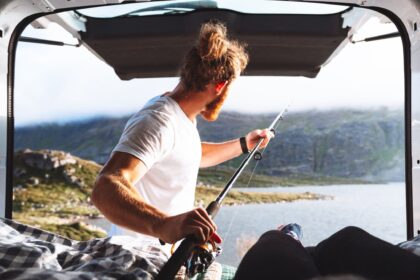© 2023 Nature Gear Craft. All rights reserved.


Are you excited about your next outdoor adventure? Whether you’re planning a weekend camping trip or a month-long hike, you’ll need to be well-equipped to face the elements. Your survival gear is your lifeline in the wilderness, so it’s important to keep it in top shape. In this blog post, I’ll share some valuable tips on cleaning, maintaining, and storing your gear to ensure its reliability and longevity.
Cleaning your gear
Before storing your gear, make sure to clean it properly to avoid corrosion or mold growth. Start by removing any dirt or debris with a soft-bristled brush or a cloth. For items such as knives or multi-tools, use a specialized cleaning solution to remove any rust or grime. For clothing and sleeping bags, use a gentle soap and cold water, and avoid using fabric softeners that can damage the fabric’s water resistance. Once your gear is clean, leave it to air dry completely before storing it.
Maintaining your gear
After cleaning your gear, inspect it carefully for any signs of wear and tear. Check zippers, seams, and straps for any damage and repair them immediately. Test your gear’s functionality, such as your stove or water filter, to make sure they work properly before heading out. Keeping your gear well-maintained will ensure that it lasts longer and performs better when you need it most.
Storing your gear
Storing your gear properly is just as important as cleaning and maintaining it. Store your gear in a dry and cool place, away from direct sunlight or heat sources, which can damage its materials. Use storage containers or bags to keep your gear organized and protected from dust or moisture. When storing your clothing, use breathable containers or bags to prevent mold growth. Also, make a list of your gear and keep it in a safe place, so you know what you have and where it is.
Emergency preparedness
In addition to cleaning, maintaining, and storing your gear, it’s important to be prepared for emergencies. Carry a first aid kit and emergency communication devices such as a portable radio or a satellite phone. Know the location of your nearest hospital or medical center. Also, make sure to let someone know your itinerary and expected return date, in case of an emergency.
Replacement and upgrading
Lastly, consider replacing or upgrading your gear regularly. Outdoor gear can wear out over time, especially after multiple uses. Invest in high-quality gear that matches your activity level and performance needs. Look for gear that’s durable, lightweight, and has high functionality. Upgrading your gear can enhance your outdoor experience and add extra confidence for your next adventure.
In conclusion, whether you’re a seasoned outdoor enthusiast or just starting, maintaining your survival gear is essential for a successful and safe adventure. By following these tips, you can ensure your gear’s reliability and longevity, so it’s always ready when you need it. Remember to clean, maintain, and store your gear properly, be prepared for emergencies, and consider upgrading your gear for a better outdoor experience. Stay safe and have a great adventure!